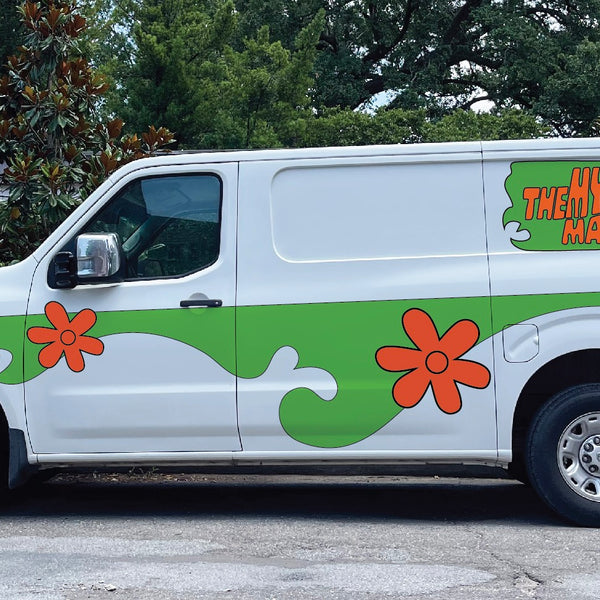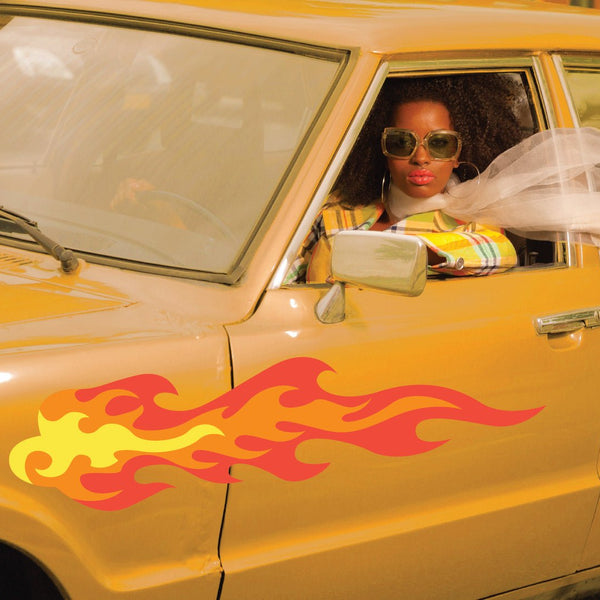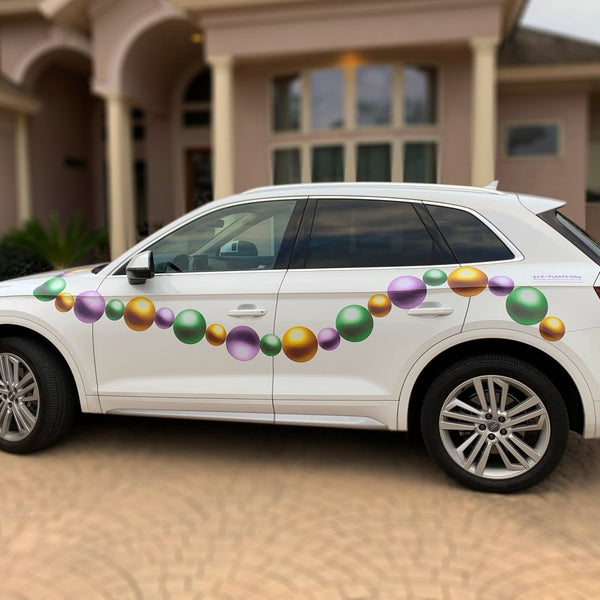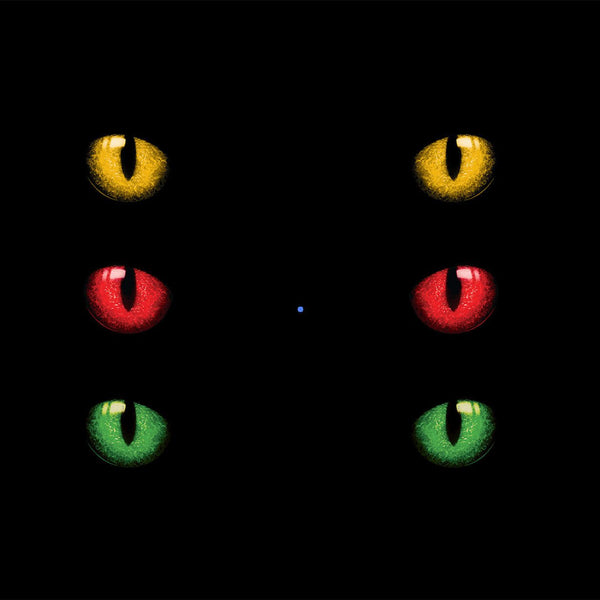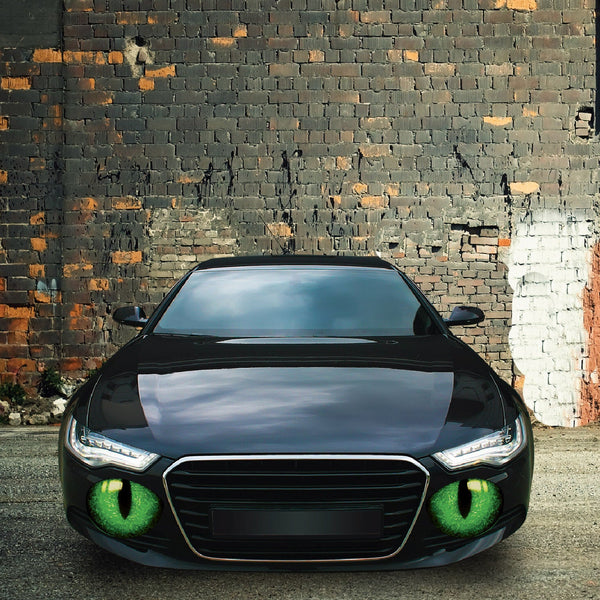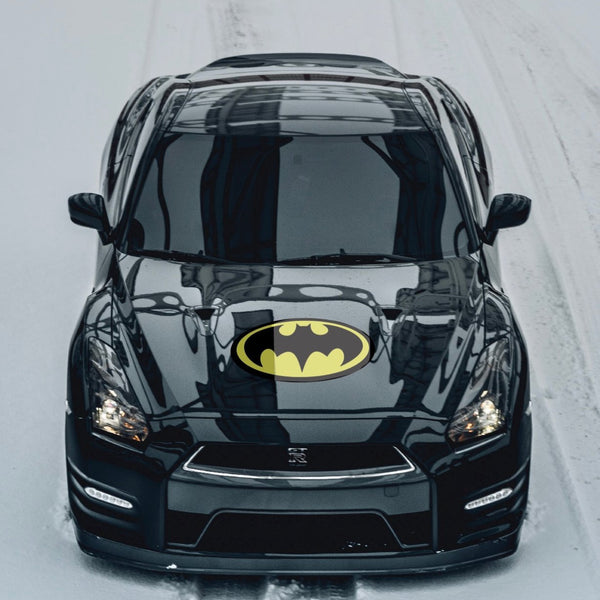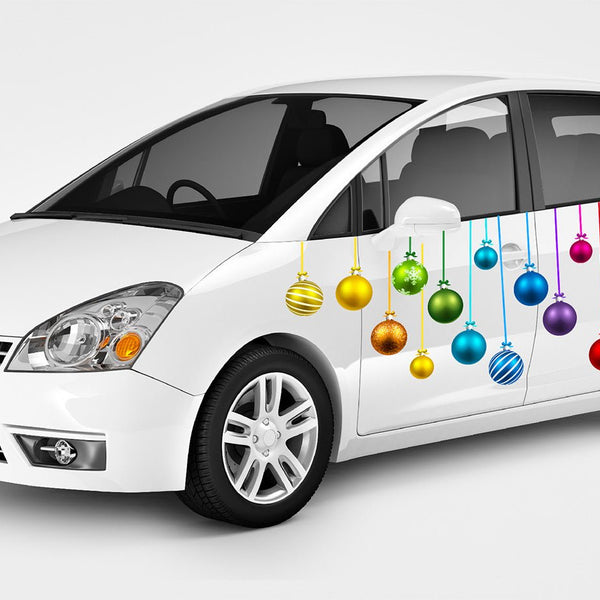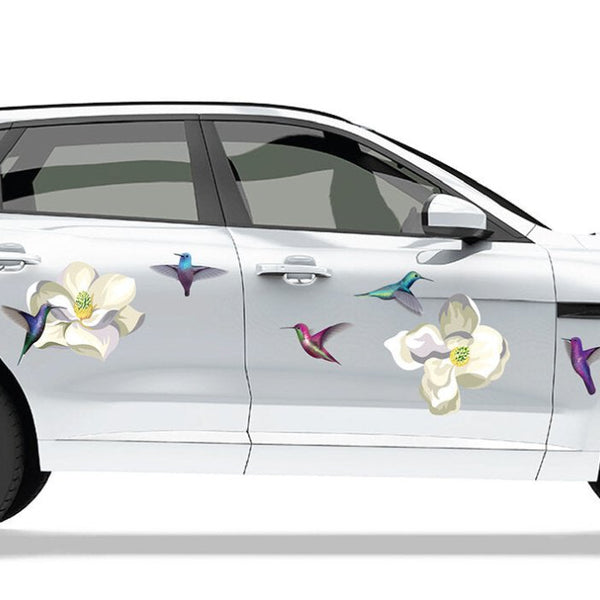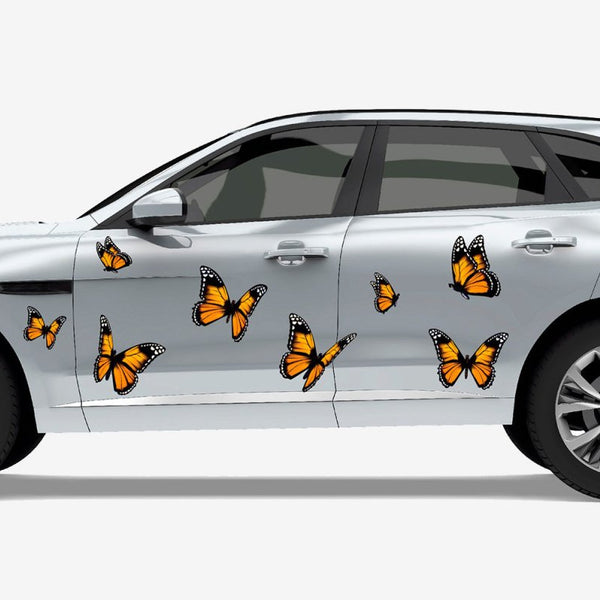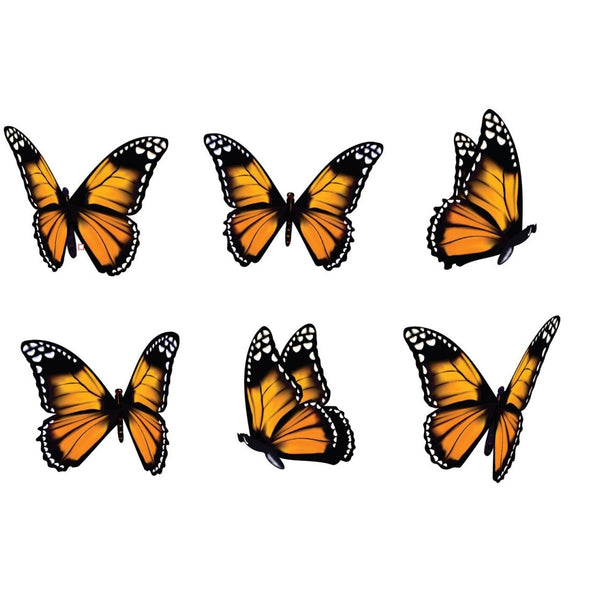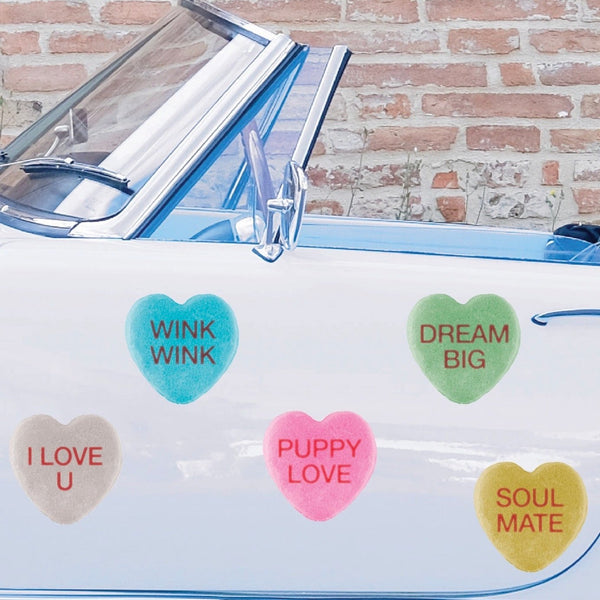Why Are The Roads So Full Of Boring, Soulless Cars?
Once upon a time, the American automobile was more than just a grey appliance to carry middle-aged men to office jobs, children to soccer practice, and your grandmother to her hair appointment. But it’s not the cars that got worse — technology, safety, and performance are better than ever. No, what changed was the American mindset towards the automobile. There was once a day where a large portion of the population saw their cars as much of canvas for self-expression as transportation—and sometimes even more.
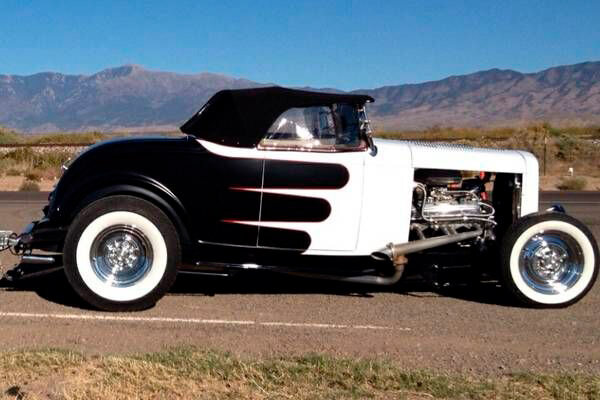
When American soldiers returned from Europe and the Pacific after World War II, they were looking for excitement. So they bought old, lightweight cars and installed big engines to invent the hot rod as we know it today. But they were still missing something. See, these cars from the ‘20s, ‘30s, and ’40s were mainly available in boring colors, black, tan, navy blue, maybe the occasional cream colored car — colors that say “I sell vacuum cleaners” more than “I want to be a race car driver”. These colors weren’t interesting, exciting, and didn’t represent the new culture young people had developed in the slightest. So, in a time before vinyl wraps, pre-cut decals, and auto stickers, these guys took whatever paint they could — auto paint, house paint, tractor paint — and spiced up their boring rides with racing stripes, scallops, and flames to better reflect their wild sides. Through the late ‘50s and early ‘60s, this trend would grow exponentially, as drag racing gained wide popularity among the American public.
There was once a day where a large portion of the population saw their cars as much of canvas for self-expression as transportation—and sometimes even more.
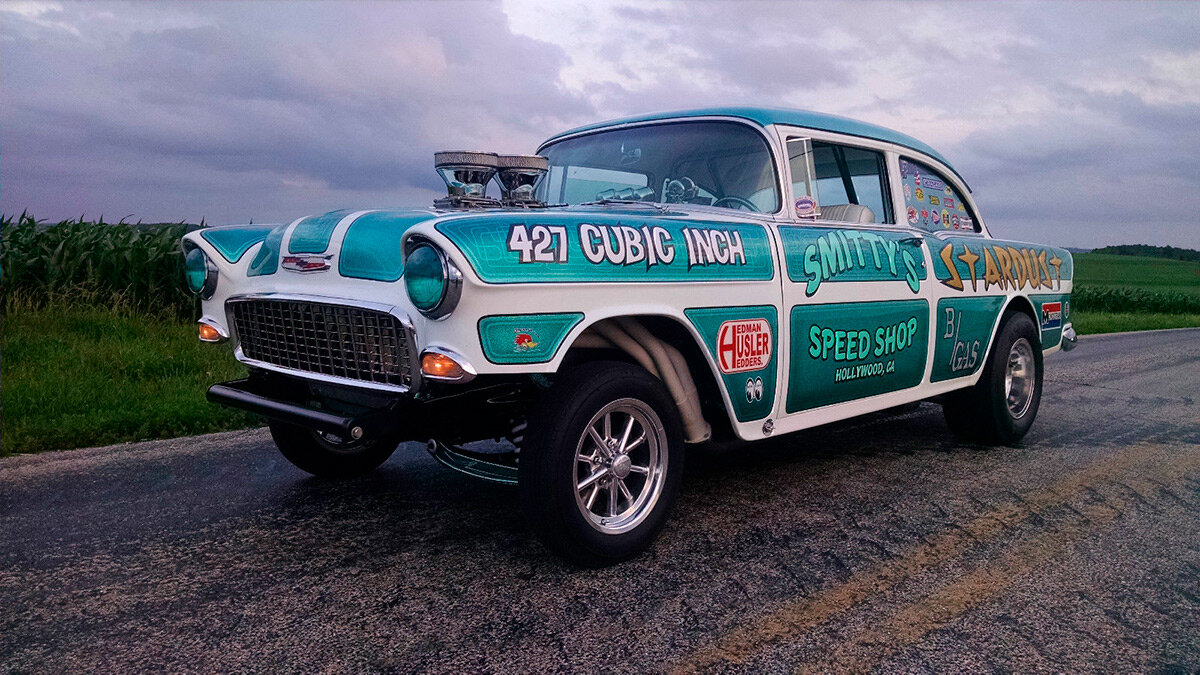
Modified “Gasser” race cars were done up in outrageous paint schemes, lettering, and even gold leaf decals in order to win over race fans as much as win the race itself. As race fans became more and more attached to their favorite, outlandishly painted race cars, they were drawn to emulate these designs on their own cars in any way possible. From full on custom show cars all the way down to grandma’s Ford Falcon with a small pink pinstripe, Americans were hooked on modifying their cars to stand out from the crowd and put a piece of their own personal style out for the rest of the world to see.

However, the real game changer for visual automobile modification came in the mid-late 1960s with the advent of the vinyl automotive decal. No longer were stripes, flames, and other features limited to those willing to go to the trouble of working with rather permanent paint. No longer were drivers limited by their personal artistic skill. And the timing couldn’t be any better as the American counter-culture movement was just ramping up, and individual self-expressionism became not only accepted publicly, but actively encouraged. For the first time, it became easy to have fun with the look of your car, to add stickers, stripes, designs, and remove it all without a trace once it had grown stale. VW Beetle and hippie van owners could make their economy cars stand out with an entire field of wildflower stickers.
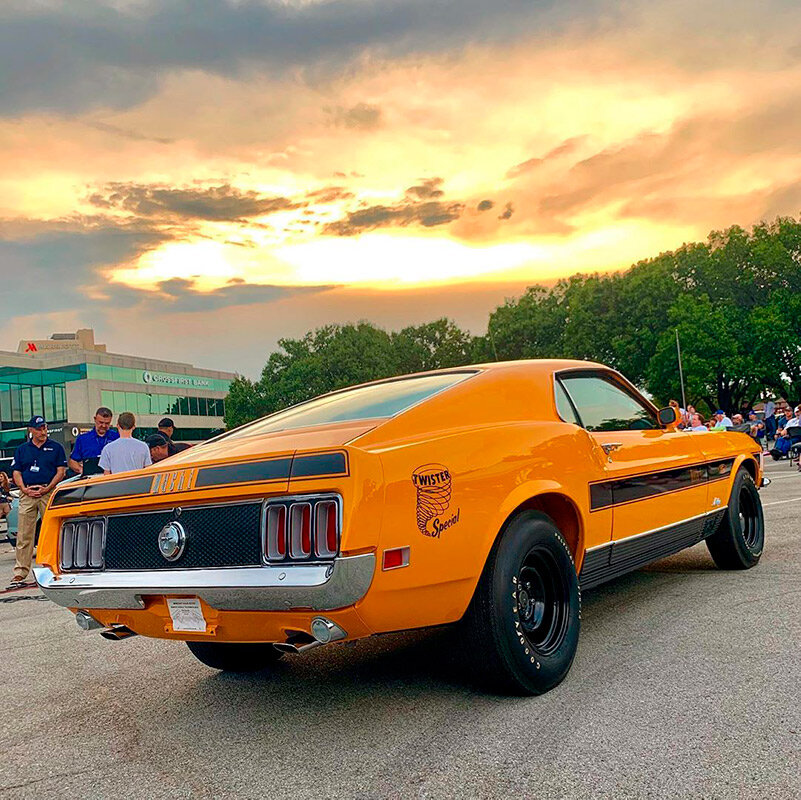
Muscle car owners could pretend to be their favorite race car driver that week. Artists could cut their own designs in vinyl and turn their daily drivers into mobile advertisements for their unique work. The possibilities were literally nearly endless. The trend became so popular that car dealerships even began offering custom decal packages on brand new cars, such as “Twister Special” Mustangs in tornado alley, or new cars done up in vinyl to look like NASCR race cars in the south.
Eventually, American auto manufacturers caught on, and offered special sticker packages from the factory floor, that would propel normal cars from mindless grocery-getters to standout attractions on the street. The Rambler Rebel “Machine” package took a boring economy car, and through the use of red, white, and blue decals, turned it into a bold, striking fashion statement for people who truly considered themselves rebels.
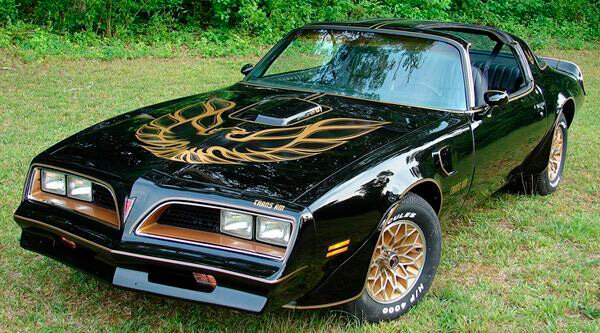
This trend would continue into the 70’s with the surfing themed “Hang 10” Plymouths that let people know you were serious about surfing, and Pontiac Trans Ams with the iconic “Screaming Chicken” on the hood that existed for no other reason than for drivers to let everyone else know that they have boldest car on the road. This culture stuck with the car-owning public throughout the ‘60s and ‘70s with automakers using themes inspired cartoon characters, geographic features, and even the Olympic Games to put people in cars that felt unique, cars that said something interesting about the people driving them.
But then… it all kind of stopped. In the 1980s, “future modern” styling was all the rage, and some uncreative new car buyers decided this meant that cars had to have a uniform and boring appearance again. But it couldn’t be kept down for long. By the time the 1990s came around, vinyl wraps and decals and this simple form of personalization made a profound resurgence, as young people once again wanted to break free from their boring beige Hondas and plain white Mitsubishis. This time though, with new computer and printing technologies, entire vinyl murals could be printed to make a car as wild and unique as desired. While maybe a bit outdated today, the vehicle graphics of the late ‘90s and early 2000s hit what might have been the pinnacle of unique, personal styling, and that one thing that people strive for regardless of the time — a strong avenue for self-expression. If a driver had custom decals printed in 1999, everyone knew who that car belonged to because there wasn’t another one like it on the road. It was an easy way to make what used to be boring transportation truly one of a kind.
So what happened? Why are the roads full of soulless grey, white, and beige appliances again?
American automobile owners take their cars too seriously in some ways, and not serious enough in others. We’re worried about what other people think insomuch that we don’t want people to think anything about us at all. But that’s what has made car ownership boring again.
Cars don’t have their own souls. It takes the driver to give it a soul. We need to bond with our cars again, make them extensions of the self like they were 20, 50, even 80 years ago. Visual effects, vinyl wraps, decals actually say something about the driver. It’s good to have fun, to be different, to express oneself to the world around. And your vehicle is the perfect canvas.


